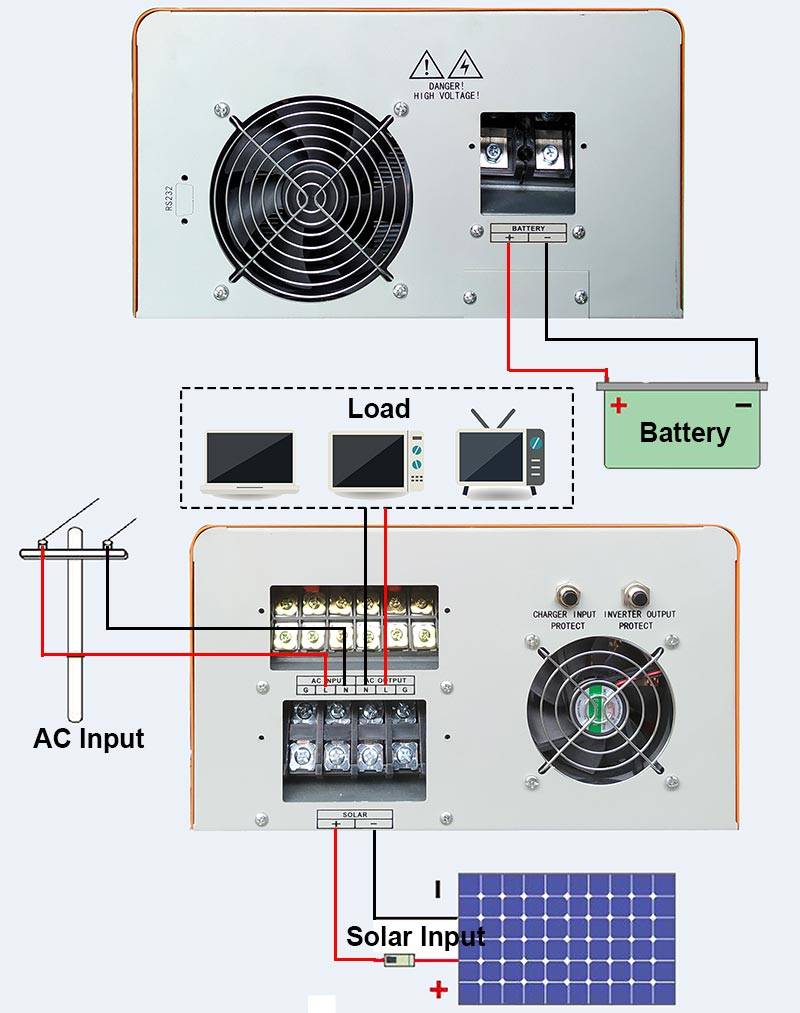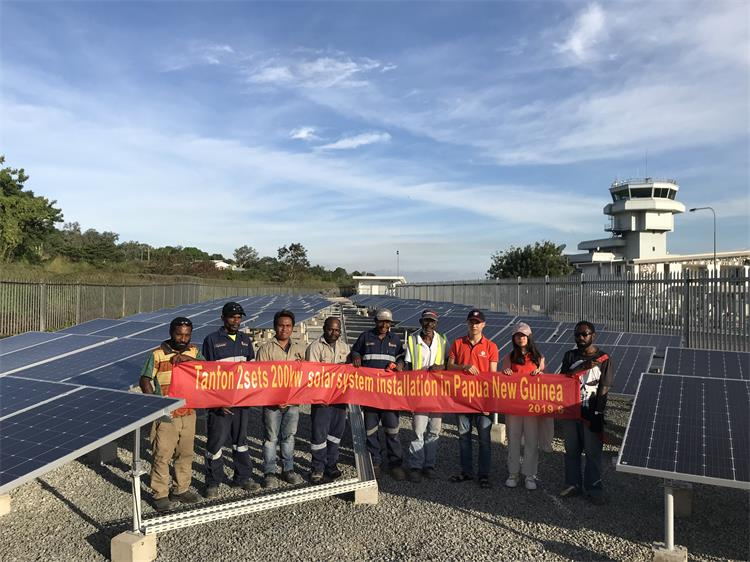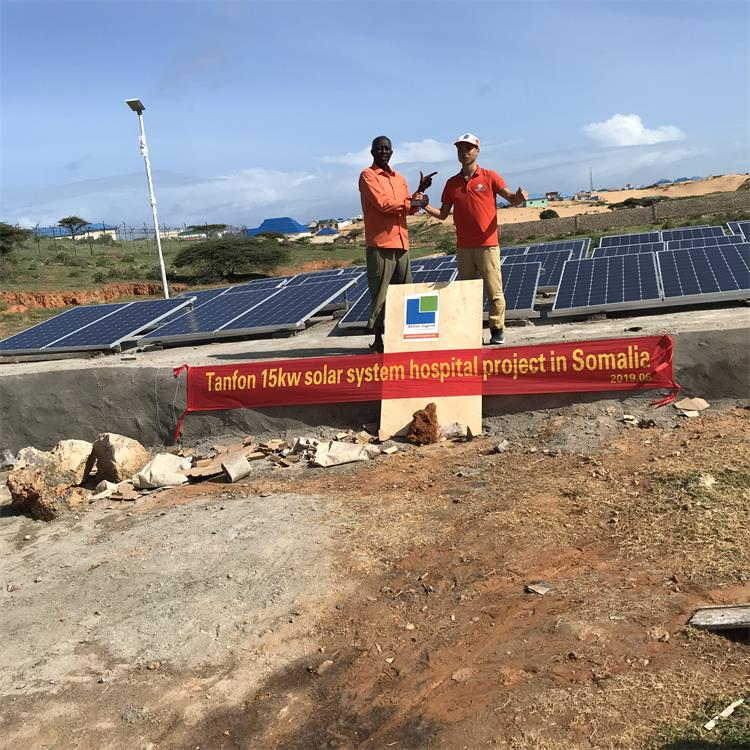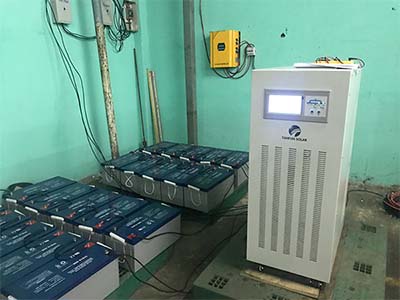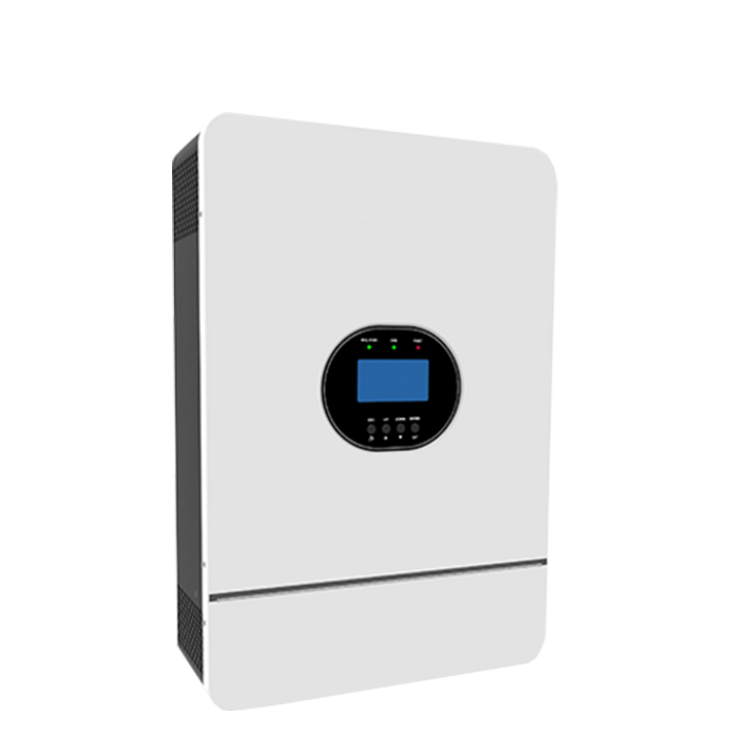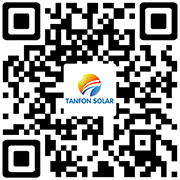 TANFON SOLAR
TANFON SOLAR
 June 28,2019
June 28,2019
According to Tanfon - High Efficiency Solar Micro Inverter and Energy Storage System Solution, Photovoltaic inverters have great research prospects in the following aspects: solar string inverter, solar micro inverter, solar optimizer, solar energy storage system.
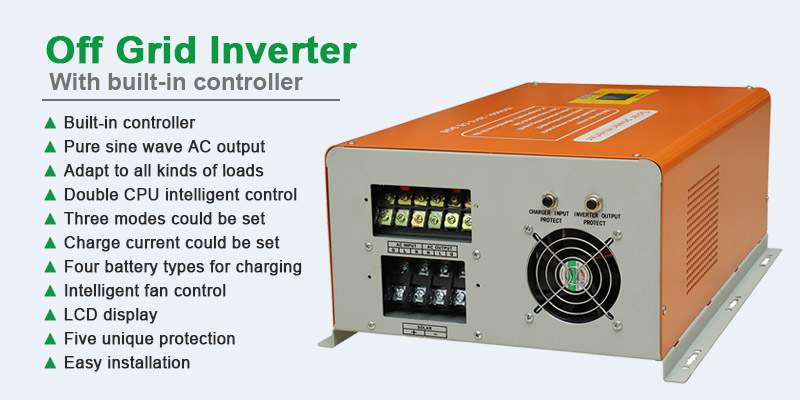
This article focuses on the topology and benefits of solar micro inverters:
Solar micro-inverter generally refers to an inverter with a power of 1000 watts or less and a component-level MPPT in a photovoltaic power generation system. The full name is a micro-photovoltaic on-grid inverter.
"Micro" is relative to traditional centralized inverters. The traditional photovoltaic inverter method is to serially connect all the direct currents generated by the photovoltaic cells under sunlight, and then invert the direct current into an alternating current into the grid through an inverter; the micro inverter is for each component. The separate inverter is composed of a solar panel and an inverter.
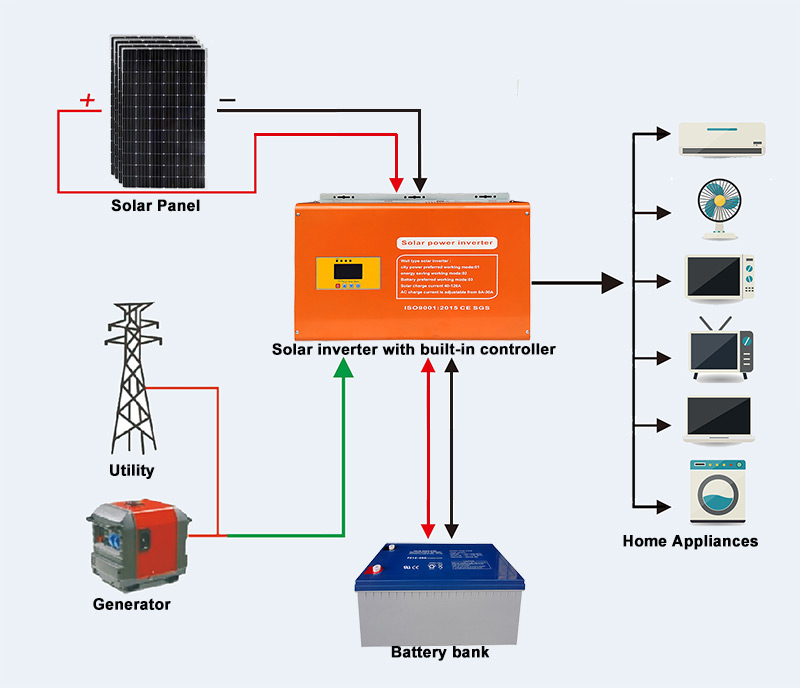
The advantage is that independent MPPT control can be performed for each component, which can greatly improve the overall efficiency, and can also avoid the DC high voltage, poor light effect, and barrel effect of the centralized inverter.
From the current point of view, the advantages of the micro-inverter are very obvious. In practical applications, if the string inverter fails, it will cause several kilowatts of the battery board to fail to function, and the micro-inverter failure will affect the impact. Quite small, it can be seen that the prospect of micro-inverters is very broad, I believe that in the future, micro-inverters will set off a wave of changes in the field of inverters. As a new type of photovoltaic grid-connected device, photovoltaic micro-inverter has broad development prospects.
